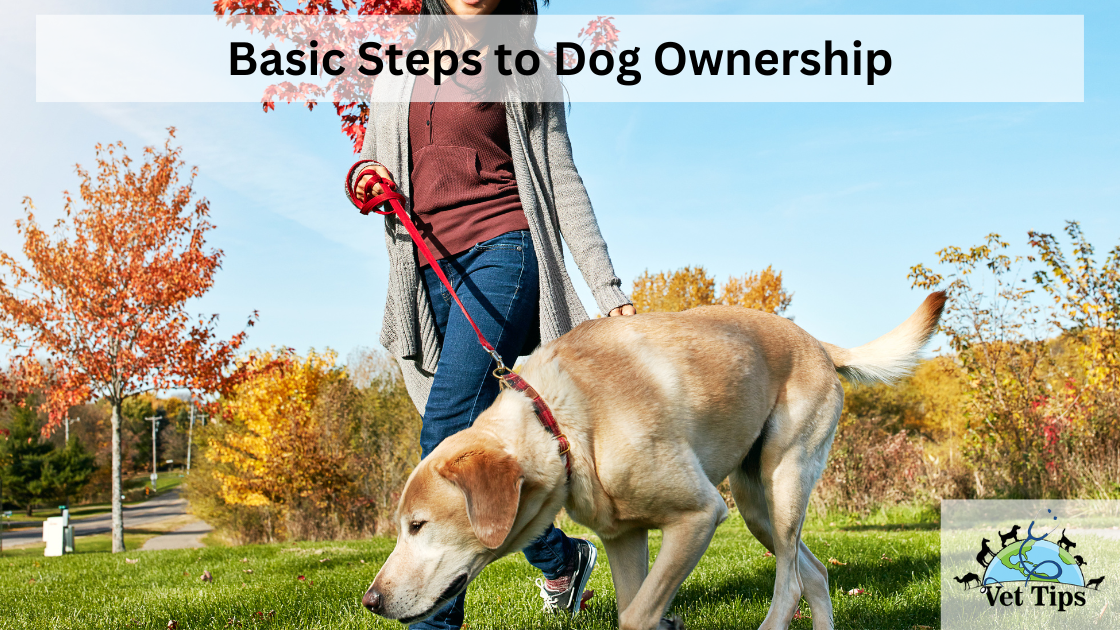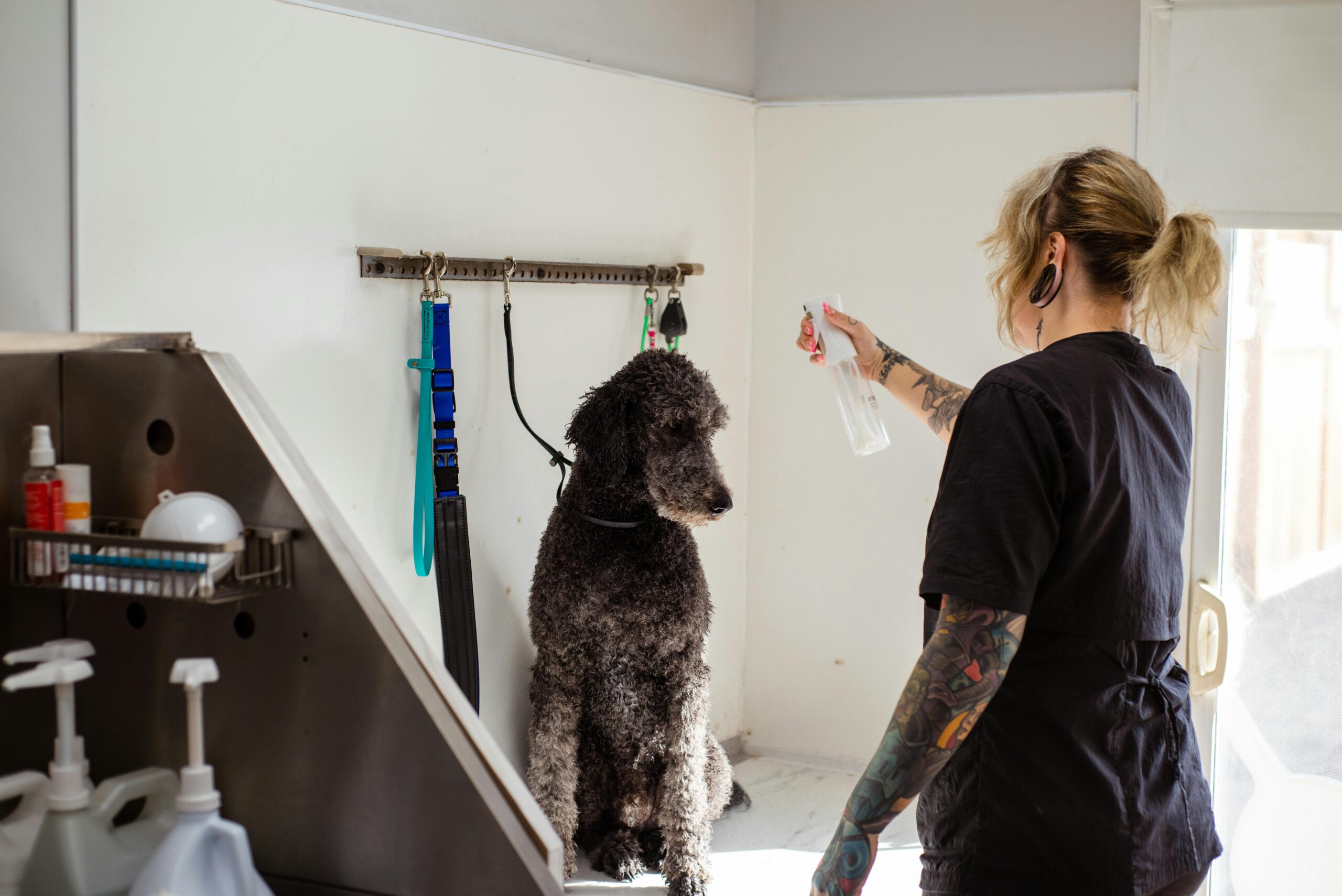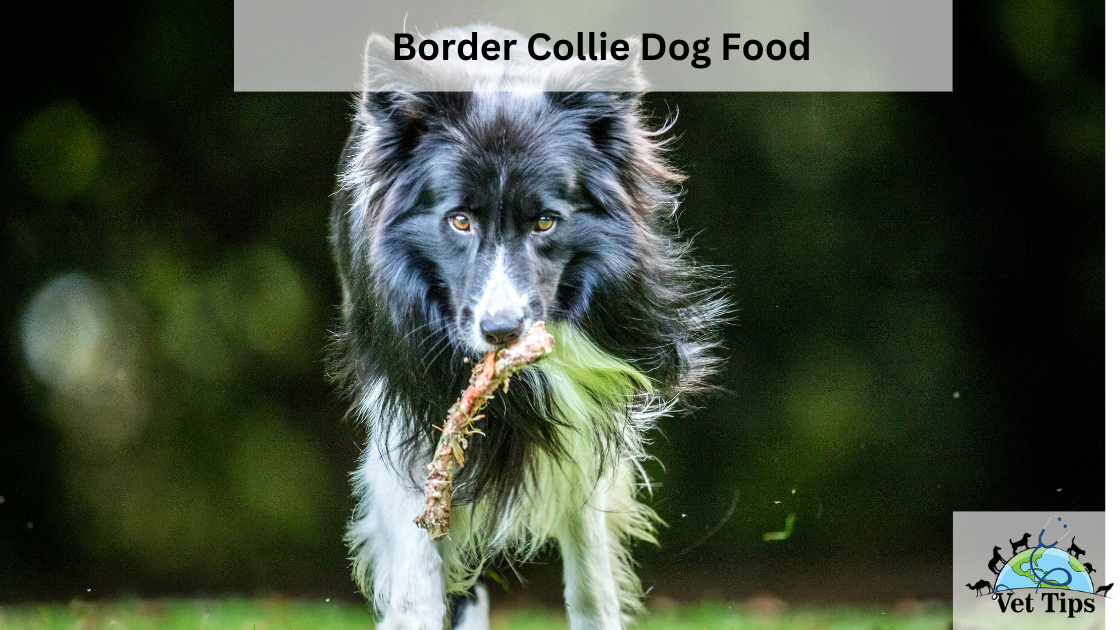Bringing a new dog into your home is an exciting and rewarding experience. However, it also comes with responsibilities and a commitment to providing the best care for your furry companion. If you’re considering becoming a dog owner, follow these Basic Steps to Dog Ownership to ensure a smooth transition and a fulfilling lifelong bond with your new canine friend.
Every Dog is Different
With all of the company and affection that our dogs provide so freely, it’s difficult to understand that some dog owners just don’t take responsibility for their animals’ welfare. However, it is correct. Every year, millions of dogs, many of them healthy, are put down. Whether as a result of owner negligence or ignorance, millions of otherwise healthy pets will suffer the same fate this year as well. So what is a good dog owner to do in this situation? As a dog owner, the most important thing you can do is to guarantee that your dog does not become a statistic, which you can achieve by practicing responsible pet ownership.
A new canine into your home entails the assumption of additional long-term responsibilities. There’s something beautiful and romantic about taking that gorgeous puppy in the window into your home until you discover that there is some effort involved in caring for that cute, darling little face and that there is a cost to paying for those wet, slobbering kisses you get from your new puppy. You wouldn’t anticipate receiving a baby back. The act of returning a dog after the novelty has worn off is just as immoral as leaving a dog somewhere on its alone, and it should be illegal to do so. Dogs are vulnerable in many ways, much as newborn newborns are, yet dogs remain reliant on their owners for the entirety of their lives, unlike infants.
The fundamental stages to safe dog ownership are outlined here, and many of them are really common-sense rules of the road that everyone should follow.
- Choosing Your Canine Companion – To find a puppy or dog, visit your local animal shelter or rescue organization. It’s important to remember that elderly dogs want affection as well. Refrain from purchasing a puppy or dog that was born into a puppy mill environment.
- Examine Your Dog — Make an appointment with your veterinarian and ask him to do the standard battery of tests on your new friend.
- Spay or neuter your dog — Pet owners that are responsible for their animals always spay or neuter their animals. There are many more dogs available for adoption than there are people who want to take them into their homes.
- Provide Medical Care – In addition to the yearly medical checkup and immunizations, protect your dog from heartworm, ticks, and fleas.
- Provide Exercise – Make sure your dog gets plenty of exercise. Consult your veterinarian about the many choices available today. When you notice that something is amiss with your dog, call your veterinarian right away.
- Provide Adequate Food and Water — Feed your dog with food that is appropriate for his age, size, and condition.
Basic Steps to Dog Ownership (Cont.)
- Take Your Dog for a Walk – Your dog will alert you when it needs to go for a walk.
- Provide Exercise and Recreation – Make sure your pet has plenty of areas to run about, as well as dog toys and opportunities to play. In case you haven’t played Frisbee in over twenty years, you might be shocked at how much fun it is to attempt to outwit your dog—which is unlikely to happen!
- Keep Your Dog Safe from Abuse — Animal cruelty is a severe matter, and in certain areas, it is a crime to harm an animal. In fact, even the FBI has admitted that animal cruelty is a known marker (and potential signal) of violence towards people. If somebody in your home purposefully mistreats your dog, you should seek professional assistance right once. You might be able to prevent the next school shooting.
- Discourage Aggressive Behavior – You’ll be able to distinguish between hearty play and aggressive behavior. Contact your veterinarian as soon as you see any signs of violent behavior in your pet to discuss your alternatives.
- Coping with Serious Illness and Geriatric Dogs — Geriatric dogs are susceptible to many of the same ailments that affect older people. Even while you’ll want to do all in your power to ensure that your dog is comfortable in the end, it may become necessary at some time to put an end to the suffering. After being a responsible dog owner during the dog’s life, you’ll want to bring the dog’s life to a close with the same level of care that you provided throughout its existence.
Tell us in the comments how you like our article “Basic Steps to Dog Ownership”
For similar posts like this, click here.
For the source file click here.









One thought on “Basic Steps to Dog Ownership: A Guide for New Pet Parents”